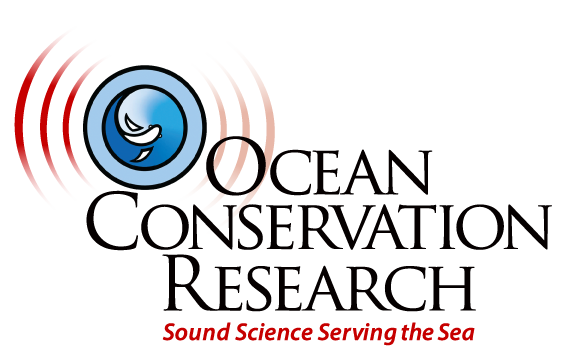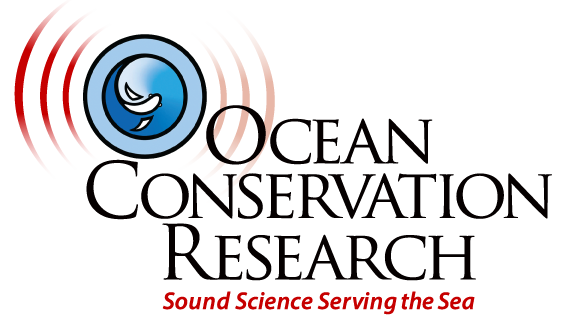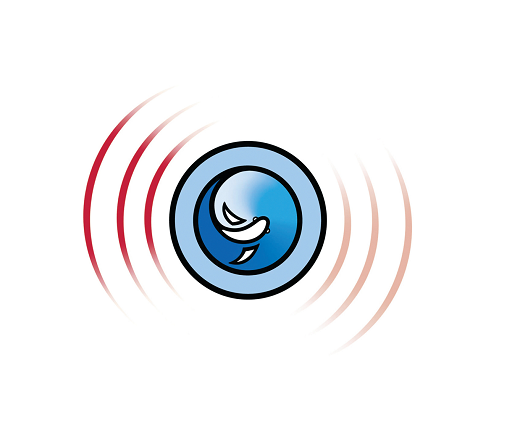Humans have navigated the seas for thousands of years. Gradually our relationship with nature has changed from one of supplication and mystery to one of ownership and mastery largely based on the sophistication of the tools available to us. These same tools have also allowed us to experience and explore nature in expanded dimensions with a completely new array of sensing systems. Bioacoustics is the study of how humans and other animals use sound and acoustical perception, and how their various acoustical adaptations reflect their relationships with their habitat and surroundings. As we expand our understanding and measurement of marine habitats we are coming to understand how the breadth and complexity of marine perceptual systems far exceeds our own expansive perceptual repertoire.
A Soniferous World
The tales of selkies and sirens, seraphim and sea dragons are peppered throughout our diverse mythologies replete with their screams, roars, and seductive songs. Ancient seafarers knew that the beasts of the sea were songful; recognition of the musicality of cetaceans dates back at least as far as the 7th Century B.C.E., when dolphins of the Aegean Sea recognized Greek musician Arion as a kindred musical soul and rescued him when he was cast into the sea by his thieving shipmates. Up into the 19th century the maritime life was much the same; vessels powered by wind and muscle plied the seas in search of adventure, bounty, and trade. While it was assumed into the lexicon of commerce, seafaring was largely a biological affair and any noise introduced by human engagement was likely drowned out by the noise of whales, fish, crustaceans, and the very noise of the sea itself.
Drowning in the Din
Since the mechanization of our civilization in the last 100 years humanity has approached the ocean in numerous new exploitative and invasive ways. New sounds were introduced for navigation, exploration, and communication; collateral noise from machine-powered marine operations quickly became the hallmark of human engagement with the sea. With the development of military, commercial, and industrial marine technologies – along with the relentless search for ocean resources, animals in the sea have had to adapt – or endure the din of these new sounds – to what extent we are just beginning to understand. Some seemingly excruciating noises don’t seem to affect some animals while traumatizing others. Is this due to habituation, resignation, or in some other way keyed into the adaptive repertoire of the various animals? Exploring these questions fall under the rubric of “Bioacoustics”.
Can You Hear Me?
Bioacoustics is the study of how humans and other animals use sound and acoustical perception, and how their various acoustical adaptations reflect their relationships with their habitat and surroundings. While the field of marine bioacoustics is fascinating given the diversity of habitats and the range of adaptations found in the ocean, increasingly it is becoming an urgent discipline as the noises of human enterprise become the dominant sounds in the sea. Learn more about how fish hear, the variety of ocean life which employ sound, and the various ways that sustainable human interaction with the ocean relies on us learning and working to navigate and respect this vast sensory environment.

Sirens of the sea lured sailors into the ocean to drown with their songs.
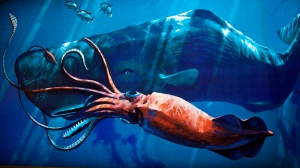
Mural of a Giant Squid in battle with a sperm whale, at the Houston Museum of Natural Science.
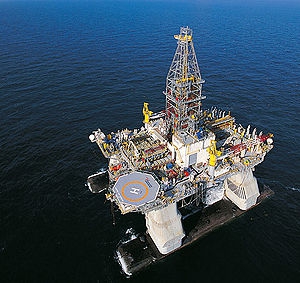
Deepwater ‘semi-submersible’ oil platforms are “dynamically positioned” with thrusters – creating hubs of ocean noise from the first day of their installation deployment.

Mantis Shrimp
